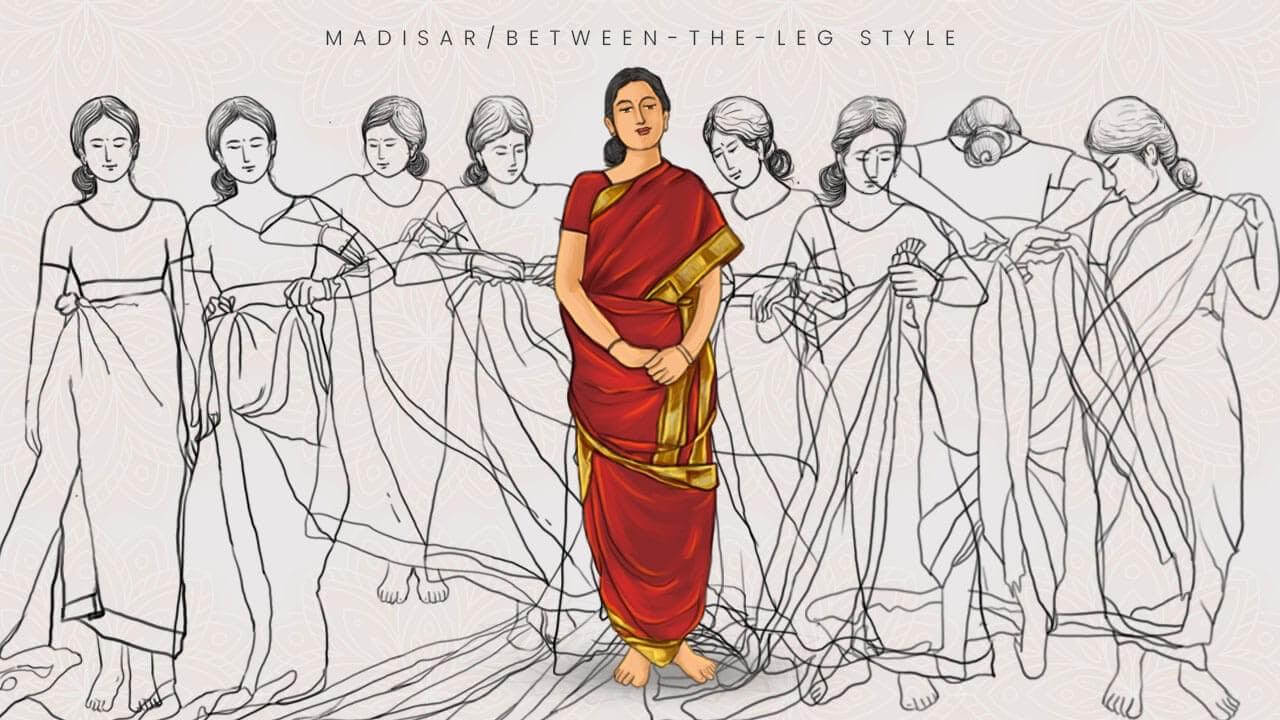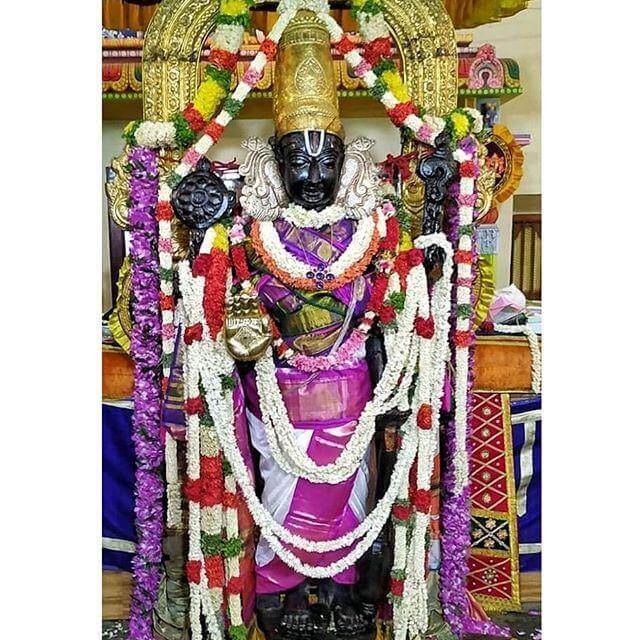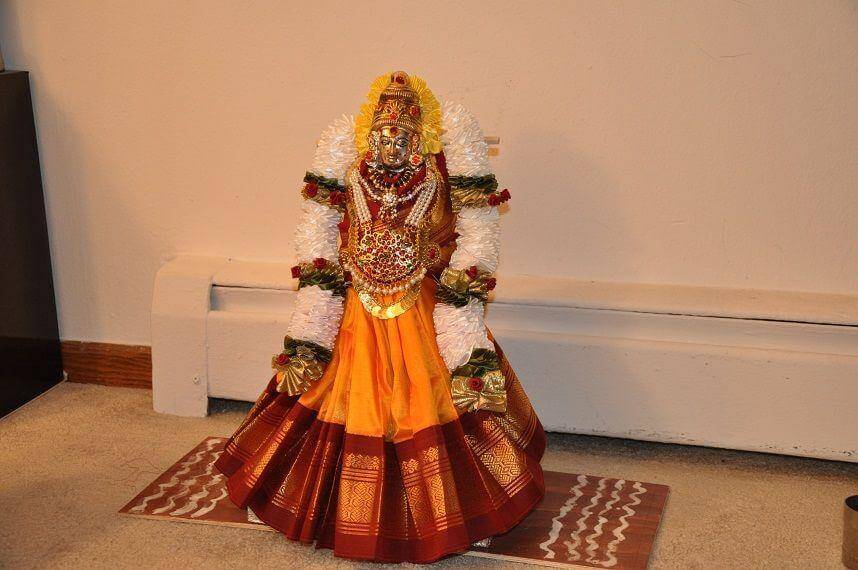Table of Contents
- Introduction
- How Centuries of Culture and Art Are Weaved into Kanjivaram Silk Sarees?
- What Makes Kanjivaram Silk Sarees a Timeless Elegance in Fashion?
- How to Wear and Care for Your Kanjivaram Silk Saree?
- Conclusion
Introduction
Have you ever wondered why the Kanjivaram silk saree is considered the crown jewel of Indian fashion? The Kanjivaram silk saree is a masterpiece, a cultural emblem, and a testament to intricate craftsmanship. In this blog, we dive into its rich heritage, detailing its evolution, the artistic touch, and why it continues to shine in the fashion world today.
How Centuries of Culture and Art Are Weaved into Kanjivaram Silk Sarees?
Imagine wearing a piece of art that has carried the stories of generations before you. Kanjivaram silk sarees trace their origin back to ancient mythology, where weavers are said to be descendants of Markandeya, the master weaver of the gods. This art form is over 400 years old and gained fame during the rule of the Vijayanagar Empire under Krishna Devaraya.
Unique weaving techniques, such as the Korvai method, define Kanjivaram sarees. Temple motifs, mythological designs, and Tamil architecture are often depicted, weaving art, culture, and history into every saree.
What Makes Kanjivaram Silk Sarees a Timeless Elegance in Fashion?
The allure of Kanjivaram silk sarees lies in their brilliant craftsmanship and the unique elements that make them stand out. Here’s a look into what makes them timeless:
Zari Work: The Glittering Gold
Zari, the golden thread intricately woven into Kanjivaram sarees, is a hallmark of luxury. It is made of fine silk threads interwoven with real silver and gold, creating a shimmering effect that symbolizes opulence and festivity.
Vibrant Colors and Patterns
Kanjivaram sarees are known for their bold and vibrant colors. The traditional hues—like crimson red, bright green, royal blue—are infused with modern shades. These sarees are adorned with motifs of birds, animals, and flowers, adding to their allure.
Exceptional Craftsmanship
The meticulous work that goes into creating a Kanjivaram saree is unparalleled. It takes up to 15 days or more to weave a single saree, depending on its complexity. The intricate designs and the sheer effort of the weavers make each saree a piece of art.
How to Wear and Care for Your Kanjivaram Silk Saree?
Owning a Kanjivaram silk saree means knowing how to care for it. Dry cleaning is recommended for sarees with zari work, while hand washing may work for lighter, less elaborate sarees. Use cold water and mild detergent for a safe wash, and avoid twisting or wringing the fabric.
When drying, avoid direct sunlight to prevent fading. Proper storage in breathable cotton or muslin fabric is essential to protect it from moisture and pests, ensuring its longevity.
If you're considering adding a Kanjivaram silk saree to your collection, you might also be interested in ensuring its longevity and maintaining its beauty. To help you achieve this, we’ve created a detailed guide on how to extend the lifespan of your precious Kanjivaram silk saree. Discover our comprehensive care guide here to learn expert tips on preserving your saree's elegance for years to come.
Conclusion
The Kanjivaram silk saree is more than just a garment—it's a legacy passed down through generations. Its charm, elegance, and cultural significance make it a timeless piece that every saree lover cherishes. By understanding its history, appreciating the craftsmanship, and caring for it properly, you can enjoy its beauty for years to come.
Caring for your Kanchipuram silk saree is an investment in preserving a work of art. For a stunning selection of Kanchipuram sarees and to explore more options, visit our Kanjivaram saree collection and cherish their timeless beauty.






